
Gallery Photographers
Partner
Artists-in-Residence
Image City Feature Articles
Newsletter Archive
If you are unable to visit our gallery and would like to purchase photographs from this preview or others in the gallery, please contact the gallery and call 585-271-2540.
Peter Marr's Picks of the Show
Masks Spirits & Dreamsby Steve Levinson
Peter Marr and Gallery Partners have chosen their "Picks of the Show"
click here to return to the details of the exhibit
All images copyright by the individual photographers
Reach In
Hanging On
Desert Doom
We live in a world that is a mixture of compatible and incompatible
elements. In the early 1920’s, the surrealist art movement explored the
idea of juxtaposing objects that are seemingly mutually exclusive in
order to liberate the imagination and allow the unconscious to express
itself. Steve’s fascinating, amazing and ground-
breaking exhibition of surrealistic images are a visual exploration or
inquiry into our world, our emotions and our fantasies, and the viewer
is invited to put their own interpretation on them. In
Desert Doom, it is important to remember that there is no such thing
as objective vision, we always choose what we see. Each person notices
different things, but everybody sees people first, and if there is a
face, then you cannot not look at it. With this haunting print, I
envision a young Native American woman, even though her hair is fair,
looking out reflectively and imposingly through a portal of a sky that
creatively displays majestic cloud formations. Her piercing and poignant
stare is not one of anger, but of sadness and awareness of what her
proud ancestors place in the world could have been so much more
memorable. The Desert Doom
looks steadfastly out on a desert landscape where the wind has
delicately carved intricate ribbons in the sand, nature’s architectural
grandeur at work in a desolate place. Across this moving expanse,
footprints leave an indelible trail that starts out strongly, but
wanders indecisively as they near the horizon. These steps reflect sadly
of how she, and all of her fellow North Americans have throughout time,
endured friendship, promises, hardships, and eventually the reality that
they have been squeezed into insignificant areas very much like the
desert that she is looking out over.
Peter A. Marr
Still Life #2
Lauren's large still life photographs of flowers
evoke the spirit of the Dutch master painters who captured every-day
items (such as flowers, fruit, game, etc.), elevating them to pure
poetry. They used, in a manner similar to Lauren, a black or very dark
background to make the objects "pop".
Several educators in photography tell their students that they should
"photograph their subject in a way that has never been done before".
This applies to a travel photograph of the Eiffel Tower, a photo of
their pet dog or any other subject they choose to photograph.
Still Life #2
is a wonderful example of doing this. It departs from the more classical
posed flowers of her other photos (which are also marvelous) in a very
clever way. The flowers are facing the ground, looking like they have
fallen off their stems as "old age" creeps up on them. They look more
than just flowers, leaving the viewer to make their own interpretation
of the meaning of this photo. Ballerinas, mountains, ghosts.... a great
deal of possible interpretations can be made.
Lauren uses a very deep focus technique to keep the entire set of
flowers sharp. All parts of each flower are available to view without
any issues with soft focus in the foreground or background. The colors
are beautiful muted pastels.... the petals are semi-transparent showing
their delicacy and transitory nature.
This is a beautiful photograph, which goes beyond just being technically
perfect and enters the world of being a strong artistic statement by
Lauren.
CHIPS
Boris states in his biography that he doesn’t want to alter the subject
in any way when taking the photograph, but functions as an observer.
However, this photograph is not just a record, by selecting the subject
and framing he includes a part of himself in creation of this
photograph.
The bench and woman (looking away from the photographer) add to the
composition. The woman has white hair and a black dress, along with a
light-colored coat. She brings daily life into the photograph. She
probably sits there often, frequently a part of the scene.
The storefront is green, offering breakfast with the casual legs of a
patron in the doorway. They are dark and in shadows, allowing the
viewer to discover this as they look at the photograph.
This is very well composed and executed photograph, a lesser
photographer might only show a portion of the scene, depriving us of the
discoveries we find as we spend more time observing this photo.
Sunroom Dreamtime
Please take a few steps back and look at the entire set of images. This
is John, nakedly screaming thru art! This series is a collection of bits
and pieces of life, shared with us. The montage of photographic elements
is intended to be unspoken moments and memories captured in two
dimensions. To critique a single image does not do it justice; the
elements are interwoven and meant to surround us like a fantasy. A single element of the work begs us to
interpret it as a Rorschach image. Each pulls out an emotion in us and
then we try to see how it fits in the puzzle of our life. I chose
Sunroom Dreamtime as the
photograph that I would try to critique (interpret?). Three other images
have this similar gold monolith in the center of the photograph. Two are
surrounded by white and one by orange. All of them immoveable, large,
powerful, and slow to change. The one surrounded in black drew me in.
There are five layers of black, silver, and camouflage framing the form
in this image yet it still resists. It’s a captive in the darkness, yet
it shines brilliantly. The scrawls and etchings on the surface indicate
wear, communicating that it will be a long time before this pillar is
significantly changed. It’s unafraid in the night.
This is not a typical image review, but John’s images are not typical. I
know that each of John’s photographs have special meaning to him. I hope
he will accept my interpretation. If you see John at the reception, ask
him about his intended meaning.
Nomad Girl
This one photo is very different from the rest of the photos on display
in Bob’s exhibit. Instead of wonderful sharp and clear images of people,
this image is purposefully not sharp, not well defined and becomes very
mysterious. Almost surrealistic.
The complementary colors in the photograph draw our attention, including
a surprising splash of green.
Peter Marr's
Picks by Featured Photographer
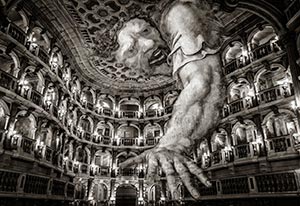
by Steve Levinson
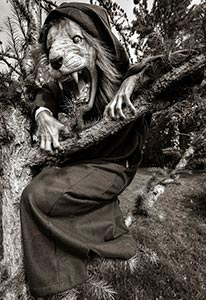
by Steve Levinson
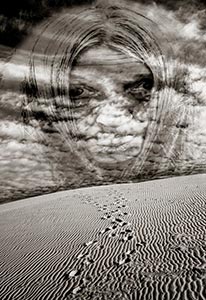
by Steve Levinson
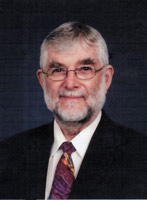
We are very grateful to Peter Marr for his thorough review and selection
for Peter's Picks. Peter was born in England in 1935 and came to live in
the United States in 1968. He worked for the Eastman Kodak Company for
34 years, retiring in 1998. During his employment and continuing into
retirement, he has been an enthusiastic photographer. His photography
has won him numerous awards throughout Kodak and in International
Salons, including 5 George Eastman Medals, which is the top honor
awarded to the most outstanding picture in the Annual Kodak
International Salon. He has served as a judge in both local and
international photographic competitions for the past 20 years, and is a
Past president of the Kodak Camera Club and past chairman of many of the
Kodak Camera Club organizations. In the past five years or so, he has
devoted his photographic skills and interest into nature photography,
notably bird photography. His bird photography has been the subject of
several one-person exhibits, the most recent being at Ding Darling NWR,
in Sanibel, Florida, The Roger Tory Peterson Institute in Jamestown, New
York, and at the Webster Public Library in Webster.
Partners' Picks of Guest Photographers
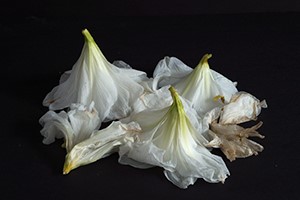
by Lauren Howe
The large size of these
photographs add to their drama, making this exhibit in the Neuberger
Gallery wonderful to behold.
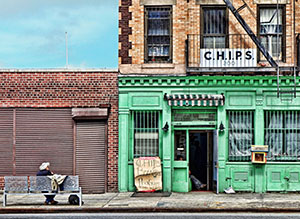
by Boris Keller
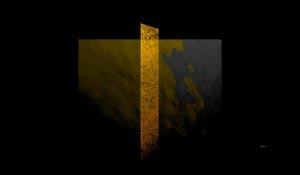
by JFK / AJVK
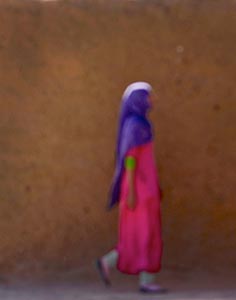
by Bob Pierce
Image City Photography Gallery ♦ 722 University Avenue ♦ Rochester, NY 14607 ♦ 585.271.2540
In the heart of ARTWalk in the Neighborhood of the Arts